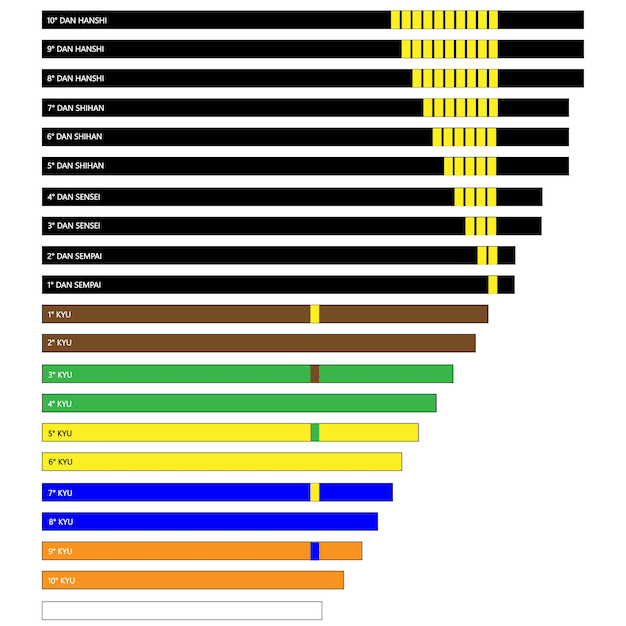Streaming Wars: A Quality and Quantity Comparison of New Premieres

Comparing the quality and quantity of new premieres across major streaming services requires a deep dive into content catalogs, production strategies, and viewer engagement metrics to determine which platforms are truly delivering the best value.
The streaming landscape is constantly evolving, with new platforms and original content vying for our attention. But which services are actually delivering the best bang for our buck? This article delves into a comparison/analysis: comparing the quality and quantity of new premieres across major streaming services, helping you decide where to invest your viewing time and money.
Streaming Giants: A Battle for Content Supremacy
The streaming industry is a cutthroat arena where giants clash, and content is king. Understanding the nuances of each platform’s strategy towards new premieres is crucial for consumers looking to maximize their entertainment dollars. We’ll examine the diverse approaches of leading streaming services like Netflix, Amazon Prime Video, Disney+, and HBO Max.
Netflix: The King of Quantity
Netflix, often regarded as the pioneer of modern streaming, has traditionally focused on amassing a vast library of content. Its strategy involves producing and acquiring a large number of original series and films, catering to diverse tastes and demographics.
- Original Content: Netflix invests heavily in original programming, spanning various genres such as drama, comedy, documentary, and international productions.
- Acquisition Strategy: Besides originals, Netflix acquires licensed content from other studios to enhance its catalog and attract a broader audience.
- Data-Driven Decisions: Netflix utilizes viewer data to identify trends and inform its content creation process, aiming to deliver what its subscribers want.

Amazon Prime Video: Quantity Meets Targeted Quality
Amazon Prime Video has taken a different route by focusing on both quantity and strategically selected quality content. Leveraging its vast resources, Amazon has been aggressive in acquiring high-profile projects and creating targeted content to appeal to its Prime subscribers.
- Strategic Acquisitions: Amazon has acquired studios like MGM, expanding its library with iconic franchises and increasing its production capabilities.
- High-Budget Productions: The platform invests in big-budget series with well-known actors and creators to attract viewers and generate buzz.
- Bundled Value: Prime Video is bundled with Amazon Prime membership, offering additional value beyond just streaming content.
Netflix and Amazon Prime Video are two titans fiercely competing in the streaming wars. While Netflix may lead in sheer volume, Amazon’s strategic acquisitions and bundled value proposition provide a compelling alternative for consumers.
Disney+ and HBO Max: Focusing on Quality Over Quantity?
While Netflix and Amazon prioritize a balanced approach to quantity and quality, Disney+ and HBO Max have carved out distinct niches by focusing more on delivering high-quality, curated content.
Disney+: Leveraging Iconic IP
Disney+ entered the streaming market with a significant advantage: a vast library of iconic intellectual property (IP) from Disney, Pixar, Marvel, Star Wars, and National Geographic. Its strategy revolves around leveraging these established franchises to attract a loyal subscriber base.
- Franchise-Focused: Disney+ concentrates on creating content within its existing franchises, appealing to fans who are already invested in these universes.
- Family-Friendly Content: The platform emphasizes family-friendly programming, making it a safe and appealing choice for households with children.
- Limited Original Productions: While Disney+ produces original series and films, its focus remains on expanding its established IP rather than creating a large volume of new content.
HBO Max: A Legacy of High-Quality Programming
HBO Max, backed by Warner Bros. Discovery, distinguishes itself through a legacy of high-quality programming. It offers a curated selection of critically acclaimed series, films, and documentaries, emphasizing prestige and artistic merit.
- Prestige Television: HBO Max is known for its award-winning series, which have consistently garnered critical acclaim and cultural relevance.
- Extensive Film Library: The platform boasts a vast library of films from Warner Bros. and other studios, offering a diverse range of cinematic experiences.
- Targeted Original Content: HBO Max prioritizes creating original series with strong storytelling and high production values, rather than focusing on sheer volume.

Disney+ and HBO Max take divergent paths, rooted in established brand strengths. Disney+ leverages beloved franchises while HBO Max focuses on prestige and curated excellence.
Content Diversity and Niche Offerings
Beyond the main players, niche streaming services are emerging, catering to specific interests and demographics. These platforms often excel in content diversity, offering unique programming that appeals to underserved audiences.
The Rise of Niche Streaming
Niche streaming services cater to specific interests, offering specialized content that may not be readily available on larger platforms. This increased focus on niche offerings allows viewers to discover content that resonates with their passions and hobbies.
- Anime Streaming: Crunchyroll and Funimation offer extensive libraries of anime content, catering to a dedicated fan base.
- Documentary Streaming: CuriosityStream and MagellanTV specialize in documentaries, providing in-depth explorations of various topics.
- International Content: MUBI focuses on curated international films, showcasing diverse perspectives and cinematic artistry.
Content Licensing and Regional Availability
Content licensing agreements and regional availability significantly impact the viewing experience on streaming services. Understanding these factors helps consumers make informed decisions about which platforms to subscribe to, considering their specific geographic location and content preferences.
- Geographic Restrictions: Licensing agreements often dictate which content is available in specific regions, leading to variations in content catalogs across different countries.
- VPN Usage: Some viewers use VPNs to bypass geographic restrictions and access content from other regions, although this may violate the terms of service of some streaming platforms.
- Content Rotation: Streaming services often rotate licensed content, removing titles and adding new ones, which can affect the long-term availability of specific series and films.
Niche streaming services and content licensing bring exciting nuances to the market. By catering to specific interests and addressing accessibility, streaming becomes more personalized.
User Experience and Platform Features
The user experience (UX) and platform features play a crucial role in determining viewer satisfaction. A well-designed interface and robust functionality can enhance the overall streaming experience, making it more enjoyable and convenient for viewers.
Navigation and Search Functionality
Intuitive navigation and reliable search functionality are crucial for viewers to discover content efficiently. A well-organized interface and accurate search algorithms can save viewers time and frustration and enhances the overall streaming experience.
- Personalized Recommendations: Streaming services utilize recommendation algorithms to suggest content based on viewing history and preferences, aiming to surface relevant titles and increase engagement.
- Customizable Watchlists: Users can create watchlists to save titles they want to watch later, allowing them to curate their viewing experience and keep track of their favorite series and films.
- Cross-Device Compatibility: Streaming platforms offer cross-device compatibility, allowing viewers to seamlessly switch between devices, such as smartphones, tablets, smart TVs, and computers.
Streaming Quality and Downtime Issues
Consistent streaming quality and minimal downtime are essential for a positive viewing experience. Technical glitches, buffering issues, and unexpected outages can detract from viewer enjoyment and lead to frustration.
- Adaptive Bitrate Streaming: Streaming services use adaptive bitrate streaming to adjust the video quality based on the viewer’s internet connection, optimizing playback and minimizing buffering.
- Offline Downloads: Some platforms offer offline downloads, allowing viewers to download content to their devices for playback without an internet connection, which is particularly useful for travel and commuting.
- Customer Support: Reliable customer support channels are essential for addressing technical issues and resolving user concerns quickly and effectively.
The streaming wars extend beyond content; user experience is the new battleground. Platforms prioritizing seamless navigation, personalization, and reliability ensure viewers remain engaged.
| Key Aspect | Brief Description |
|---|---|
| 🎬 Content Quantity | Netflix and Amazon lead in total volume of new premieres. |
| ⭐ Content Quality | HBO Max and Disney+ are known for higher-quality originals. |
| 🎯 Niche Offerings | Specialized services cater to specific interests (e.g., anime, documentaries). |
| 🌍 Regional Availability | Content varies by region due to licensing agreements. |
Frequently Asked Questions
▼
Netflix generally leads in the sheer volume of original content released each month, spanning diverse genres and international productions.
▼
HBO Max is known for its prestige television, boasting a catalog of award-winning and critically acclaimed series with strong storytelling.
▼
Some viewers use VPNs, but this is potentially against service terms. Availability varies by region due to content licensing agreements.
▼
Disney+ emphasizes family-friendly programming, making it a safe and appealing choice for households with children.
▼
HBO Max offers a vast film library from Warner Bros. and other studios, providing a diverse range of cinematic experiences from many eras.
Conclusion
In the ever-evolving streaming landscape, choosing the right platform involves balancing content quantity, quality, niche interests, and user experience. While Netflix and Amazon excel in volume, Disney+ and HBO Max lead in perceived quality, each catering to distinct audiences and preferences. Ultimately, the best streaming service depends on individual viewing habits and priorities.





